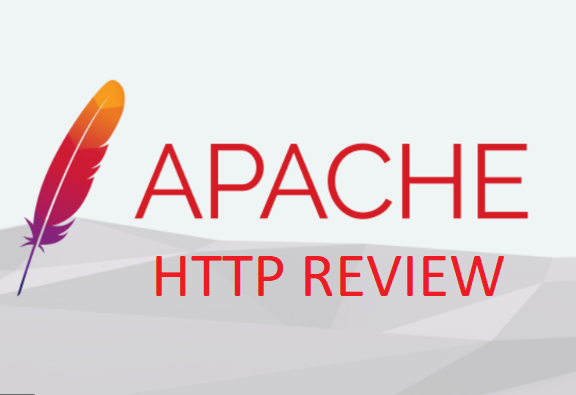There are things that make up the internet like the website which is been connected with a web server. The web server has so many functions on the website as it works as an intermediary between the client machines and the server. There are different types of web servers in the world like NGINX, Apache, etc. Based on the latter (Apache) which has been available for more than 2 decades, it is still of great performance till date.

Apache HTTP is a web server software developed by the Apache Software Foundation. It improves the server performance incredibly making it so powerful. It is one of the most commonly used web servers in the world serving about 29% of all active websites in the world. Over the years, Apache has increased in both its functionality and performance providing different sorts of MultiProcessing Modules also known as MPMs allowing it to run in different modes.
Features of Apache HTTP
The Apache HTTP Server holds a lot of interesting features for different purposes. It helps in the development of most advanced web technologies. It is like the platform in which websites function; when you visit any website on your browser, it is the server hosting that particular website that you relate with.
Webserver like Apache permits password and digital certificate authentication. It also supports module enhancements – mod_deflate, mod_file_cache, mod_include, mod_headers etc. All these have their own functionality on the server.
Moreover, it has a good quality support for Non-Unix platforms. Due to its speed rate, it is well compatible on Non-Unix platforms like Windows, OS/2, and BeOS. Based on the integration of MPMs and Apache Portable Runtime (APR), the pronounced platforms are now been carried out in their local API preventing those continuous bugs and low performance in the POSIX-emulation layers.
The Apache HTTP Server also supports IPv6 and the Apache HTTP modules are encoded as filters so as to function on the stream of content as it is sent from or to the server. Based on a specific module, other programs are permitted to works as filters similar to the way CGI programs function as handlers.
Furthermore, the server can also rewrite URLs, headers, and content. It also has other features – it supports XML, FTP, TLS/SSL with SNI and OCSP stapling. It also possesses concurrent connection limiting, request processing rate-limiting and also custom logging with rotation. More so, it features the tracking of users and bandwidth throttling.
How to Download and Install Apache HTTP Server
Downloading and installing Apache Server is pretty easy. Apache has so many versions and they are been improved over the years. Since the year 1995 up till 2019, more versions have been released. They now have a better version (version 2.4.41) released on August 14, 2019, written in XML and C language.
- On your browser, go to http://httpd.apache.org/download.cgi
- After downloading the file, run the application.
- Once the installation wizard is displayed on the screen, click on the ‘Next’ button.
- Follow the given instruction
- Click on ‘Finish’ button once you’re done with the installation.
Apache is a wonderful web server and based on its module configuration, you can off or on additional functionalities. It also comes with modules enabled for security, URL writing, headers, and content writing and so much more.
READ: Dropbox review – How to Start Using Dropbox | Benefits of Dropbox | Uniqueness of Dropbox





